Discover Top 6 the Best Landscape Place in the World
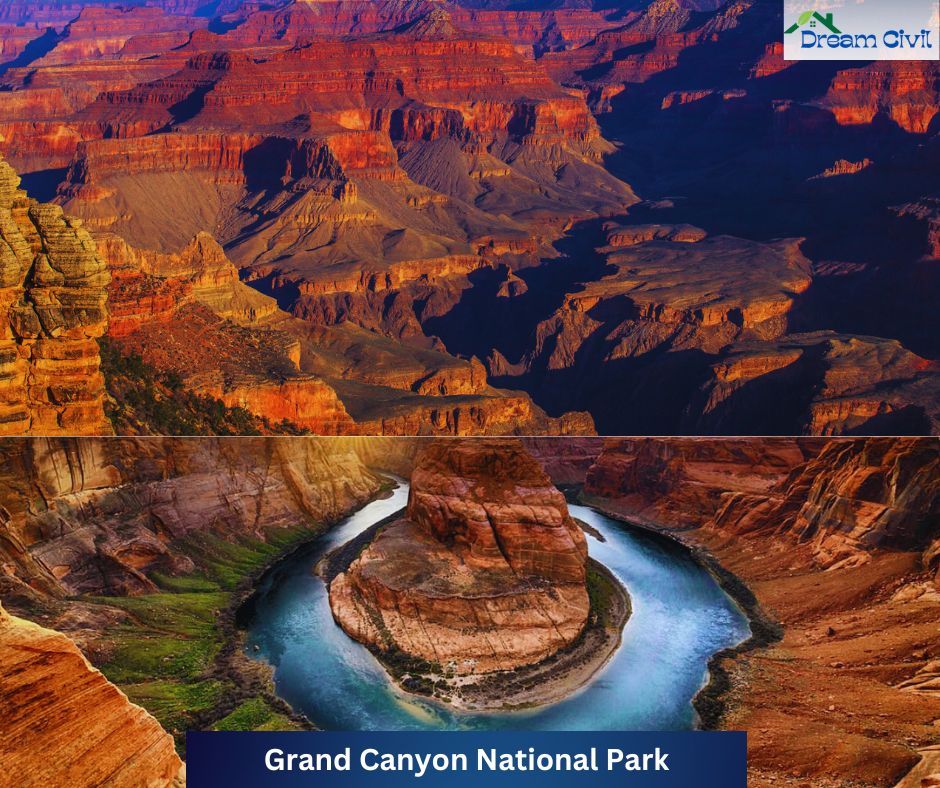
This post was originally published on this site
Table of Contents
Let’s Discover Top 6 the Best Landscape Place in the World. These breathtaking and world’s soulful and beautiful destinations are certain to stimulate your wanderlust.
Discover Top 6 the Best Landscape Place in the World
1. Grand Canyon National Park (USA):

| Address: | Arizona, United States |
| Visitors: | 4,732,101 (in 2022) |
| Coordinates: | 36°03′19″N 112°07′19″W / 36.0552608°N 112.1218355°W |
| Established: | February 26, 1919 |
| Area: | 4,926 km² |
| Hours: | Open 24 hours |
| Management: | National Park Service |
| Phone: | +1 928-638-7888 |
| UNESCO Site Id: | 75 |
✔ This special place shows off amazing canyons made by the Colorado River for a long time.
✔ The incredible rock shapes, various plants and animals, and beautiful views all come together to make it a great wonder of nature.
2. The Great Barrier Reef (Australia):
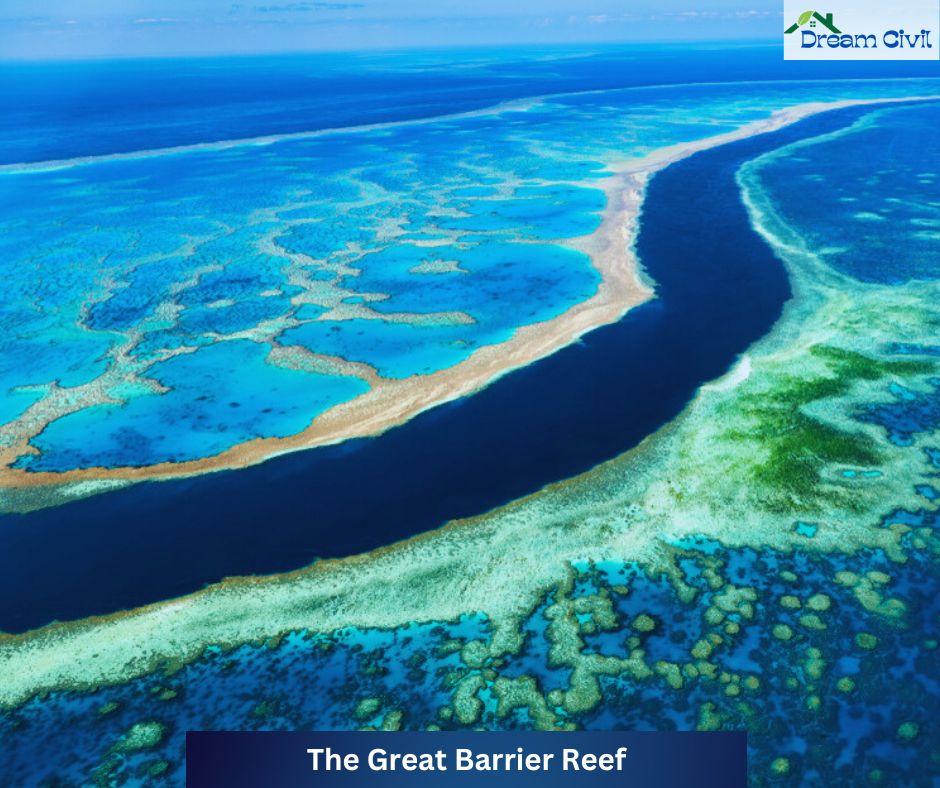
| Location: | Off the east coast of Queensland, Australia |
| Size: | World’s most extensive coral reef system, 2,900+ reefs, 900 islands, 2,300 km long |
| Threats: | Human use, pollution, climate change, bleaching, starfish outbreaks |
| Coral Cover: | Over half lost since 1985, further decline in 2020 |
| Cultural Significance: | Important to Indigenous Australians |
| Tourism: | Famous, generates over AUD$3 billion per year |
| Recent Status: | March 2022: Mass bleaching, concerns; 2022: Greatest recovery in 36 years |
| Bioregions: | 70 total, 30 reef bioregions |
✔ Dive into the mesmerizing wonder of the Great Barrier Reef—an enchanting underwater realm filled with a colorful array of marine life.
✔ Feel the beauty of this extraordinary ecosystem and grasp its vital role in nature by exploring through diving or snorkeling.
3. Patagonia (Argentina & Chile):
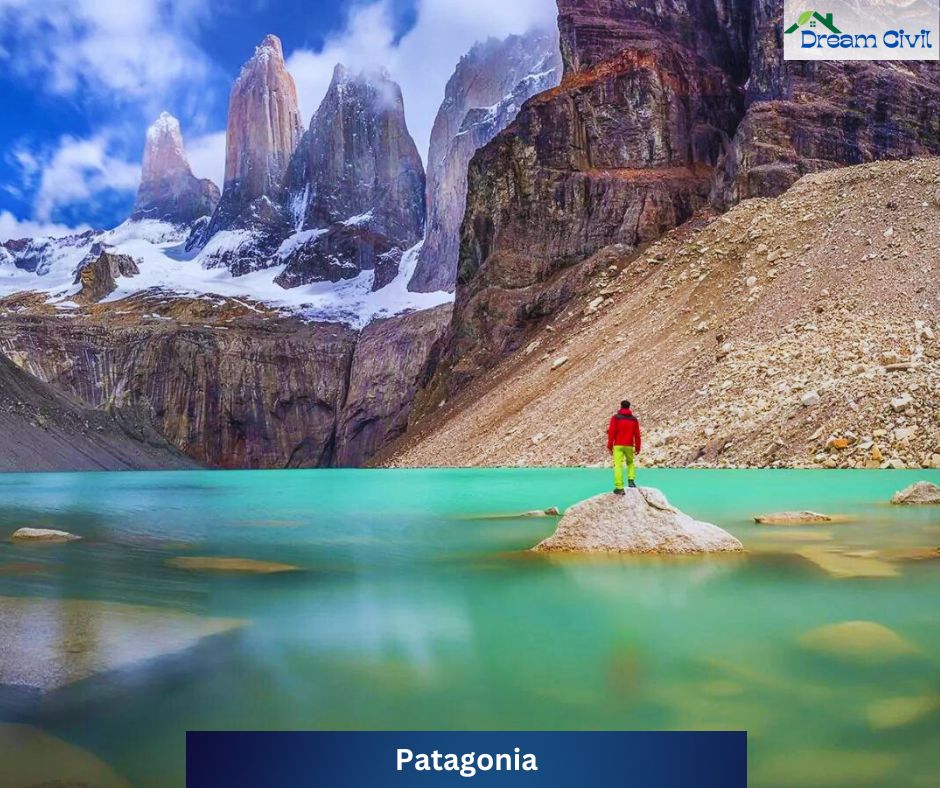
| Geography: | The southern end of South America, governed by Argentina and Chile |
| Landscape: | Diverse: Andes mountains, fjords, rainforests, glaciers, deserts, steppes |
| Borders: | Pacific Ocean to the west, Atlantic Ocean to the east |
| Indigenous People: | Inhabited by various tribes, hunter-gatherers, and agriculturalists |
| Colonization: | Spanish, then Argentina and Chile, bringing a decline in indigenous populations. |
| Economy: | Eastern: sheep farming, oil & gas; Western: fishing, aquaculture, tourism |
| Culture: | Varied heritage: Criollo, Mestizo, Indigenous, European influences |
| Etymology: | “Patagonia” from “patagón” thought to describe tall native tribes |
| Identity: | Many Patagonians don’t identify as Latino and consider themselves distinct. |
| Division: | Western (Chile), Eastern (Argentina), disputed territories |
| Indigenous communities: | Mapuche, Welsh settlers, and others claim cultural and administrative autonomy. |
✔ In this expansive land, you’ll find freezing lakes, towering mountains, breathtaking fjords, and rugged peaks.
✔ Venture into glaciers like Perito Moreno, trek through untouched nature, and encounter diverse wildlife.
4. Mount Everest (Nepal & Tibet):
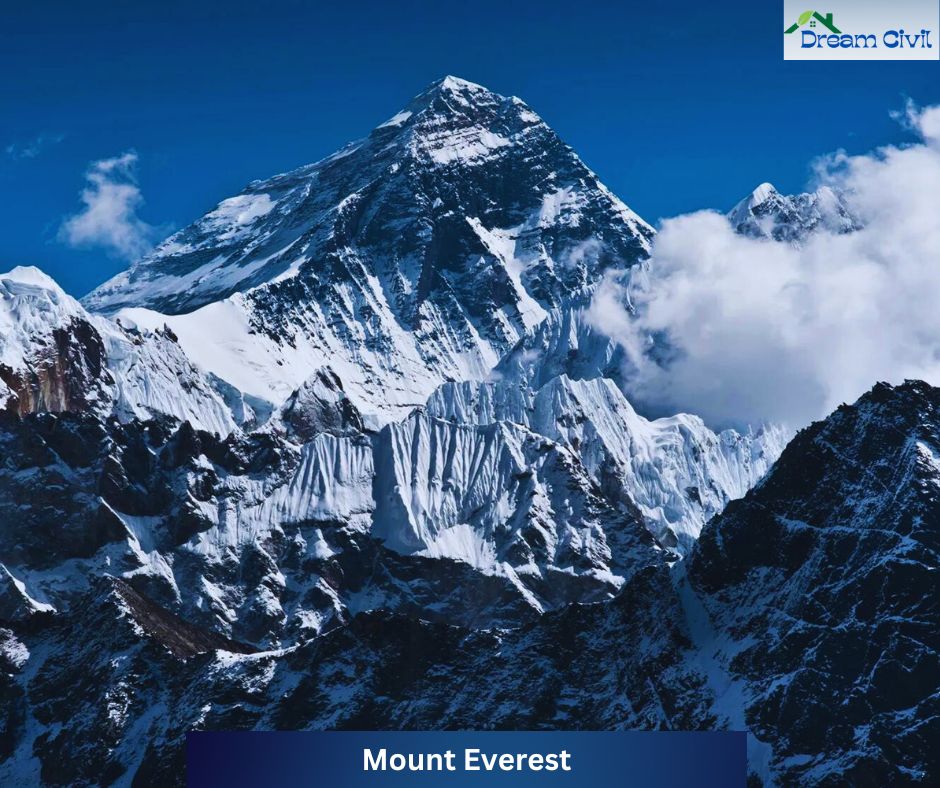
| Name: | Mount Everest |
| Other names: | Sagarmatha (Nepali), Chomolungma (Tibetan), Zhūmùlǎngmǎ Fēng (Chinese) |
| Height: | 8,848.86 m (29,031.7 ft) |
| Rank: | Highest mountain above sea level |
| Location: | Mahalangur Himal sub-range of the Himalayas, border between Nepal and China |
| First ascent: | May 29, 1953, by Edmund Hillary and Tenzing Norgay |
| Climbing routes: | Southeast ridge (Nepal), North ridge (Tibet) |
| Dangers: | Altitude sickness, weather, wind, avalanches, Khumbu Icefall |
| Deaths: | Over 310 |
| First documented ascent: | 1953 by Tenzing Norgay and Edmund Hillary |
| First reported ascent from North Ridge: | 1960 by Chinese mountaineering team |
✔ The majestic mountain pushes the boundaries of human endurance, evoking wonder with its snow-covered summit reaching into the clouds.
✔ Though ascending it demands intense preparation, the breathtaking scenery can be appreciated from the comfort of base camps.
5. Fiordland National Park (New Zealand):
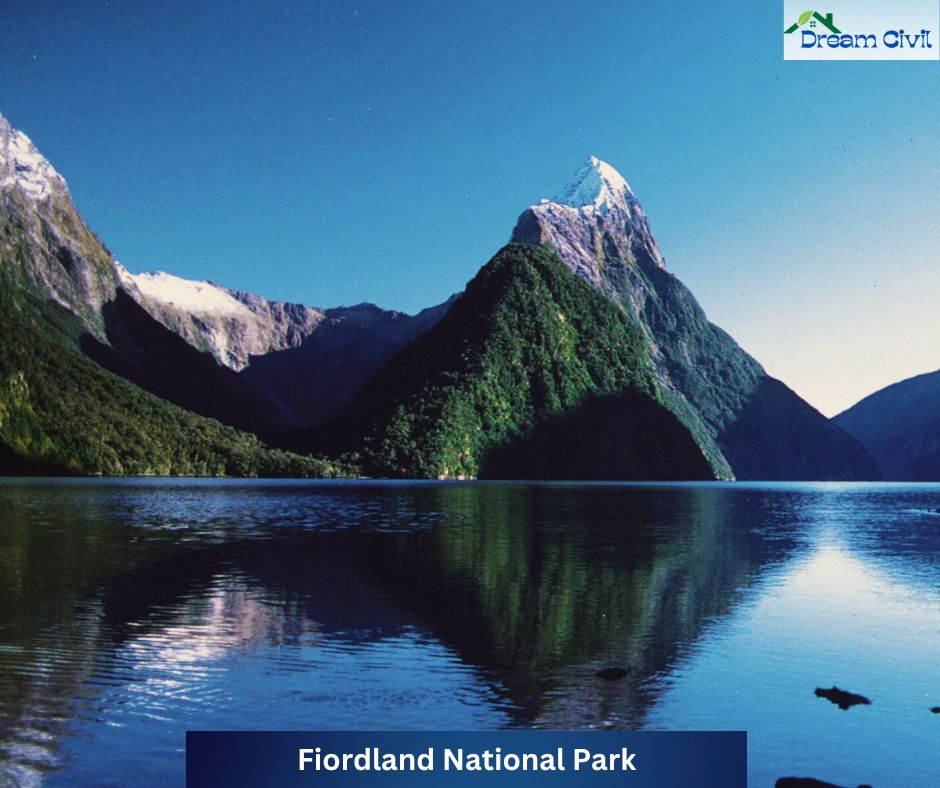
| Area: | 10,000 sq km (3,900 sq mi) |
| Established: | 1904 as a national reserve, 1952 as a national park |
| Access: | State Highway 94 reaches Homer Tunnel area (Milford Sound only fiord with road access) |
| Landscape: | Deep fiords (most famous: Milford Sound/Piopiotahi), U-shaped valleys, cliffs |
| Mountains: | Southern Alps, Darran Mountains (peaks over 2,500m), Franklin, Stuart, and Murchison Mountains (around 2,000m) |
| Islands: | Secretary Island, Resolution Island, and many smaller ones |
| Lakes: | Lake Te Anau, Lake Manapouri (western boundary), Lake Monowai, Lake Hauroko, Lake Poteriteri |
| Waterfalls: | Sutherland Falls (among the world’s highest), Browne Falls, Humboldt Falls, Lady Alice Falls, Bowen Falls |
✔ Vibrant rainforests, soaring waterfalls, and majestic fjords shape an enchanting scenery on this secluded southern island.
✔ Embark on journeys to Milford Sound and Doubtful Sound and unveil awe-inspiring natural splendor.
6. Banff National Park (Canada):
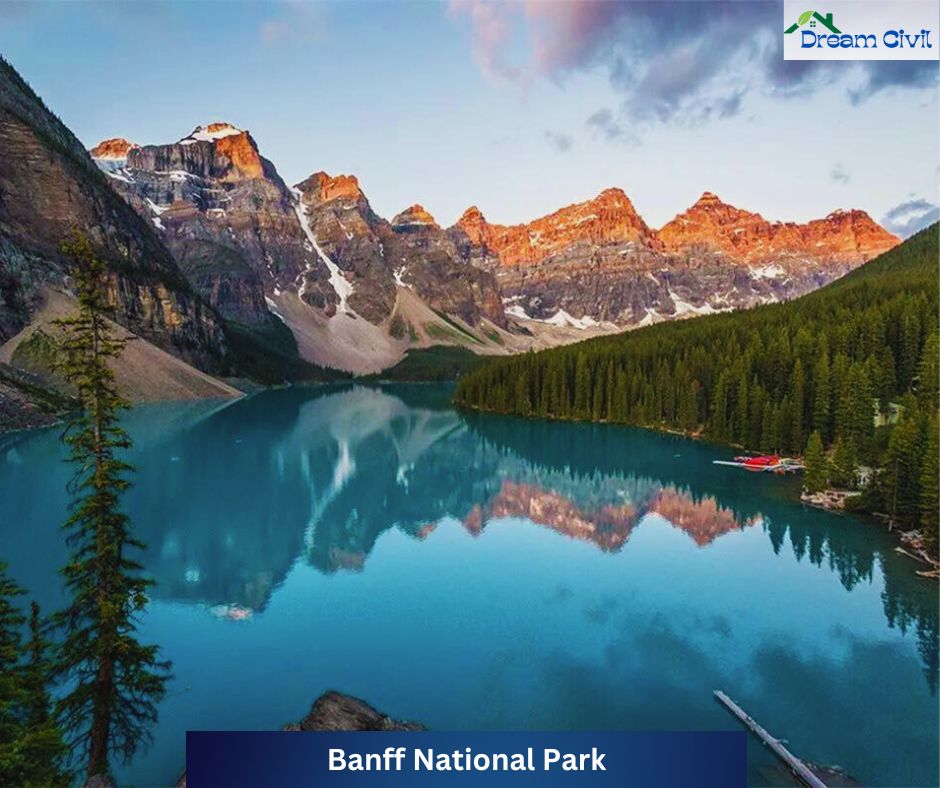
| Established: | 1885, originally Rocky Mountains Park |
| Location: | Canadian Rockies, Alberta |
| Area: | 6,641 sq km (2,564 sq mi) |
| Landscape: | Mountains, glaciers, ice fields, coniferous forests, alpine meadows |
| Key features: | Lake Louise, Banff town, Bow River valley, Columbia Icefield |
| Access: | Trans-Canada Highway, Icefields Parkway |
| Tourism: | Over 5 million visitors annually |
| Climate: | Subarctic |
| Wildlife: | Grizzly bear, cougar, wolverine, elk, bighorn sheep, moose, hundreds of bird species |
| History: | Shaped by the tension between conservation and development |
| Indigenous peoples: | Traditionally home to Stoney Nakoda, Ktunaxa, Tsuut’ina, Kainaiwa, Piikani, Siksika, Plains Cree |
| Early development: | Canadian Pacific Railway played a significant role in building hotels and attracting tourists. |
| Expansion and reduction: | Park boundaries changed several times before reaching current size |
| Threats: | High visitor numbers impacting the ecosystem |
| Management: | Parks Canada |
✔ Nestled in the embrace of the Canadian Rockies, Banff National Park reveals its wonders with turquoise lakes, snow-draped peaks, and flourishing alpine forests that harbor diverse wildlife.
✔ Traverse the picturesque trails on invigorating hikes, indulge in the soothing warmth of natural hot springs, and relish the delights of winter sports amid the breathtaking canvas of nature’s artistry.

Responses